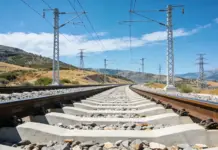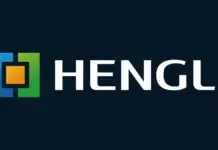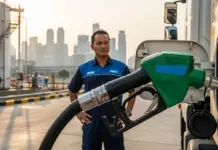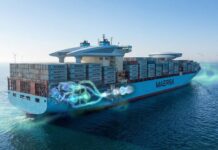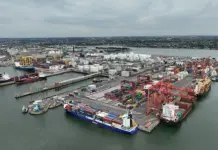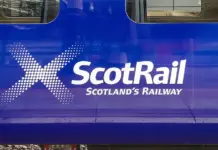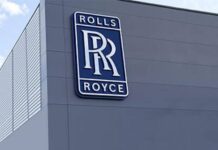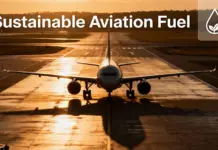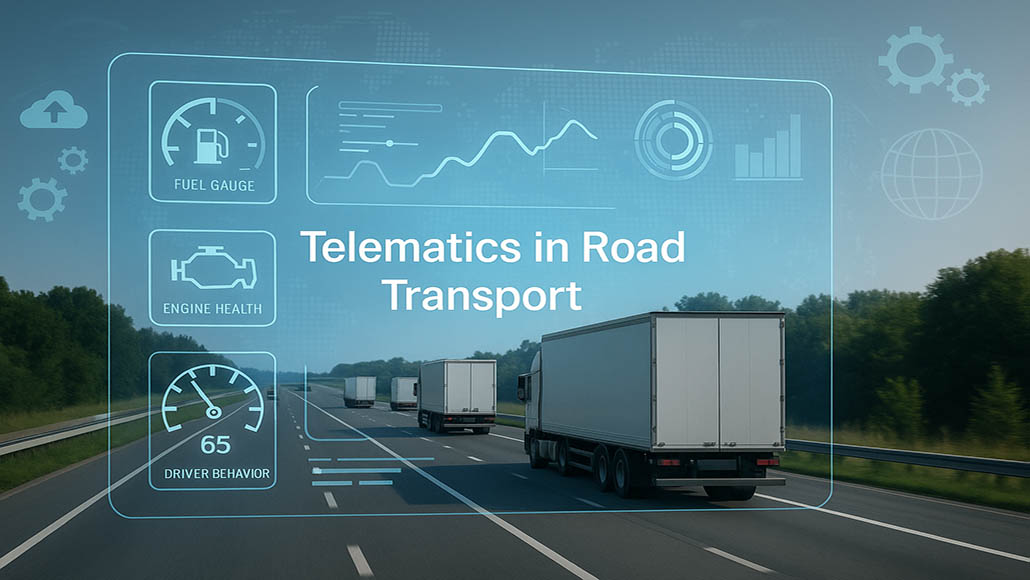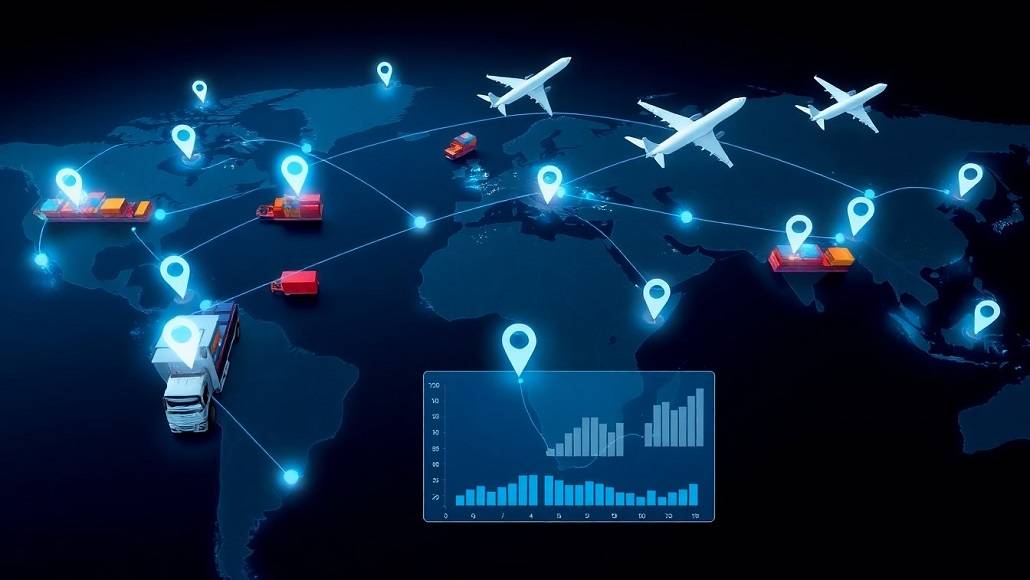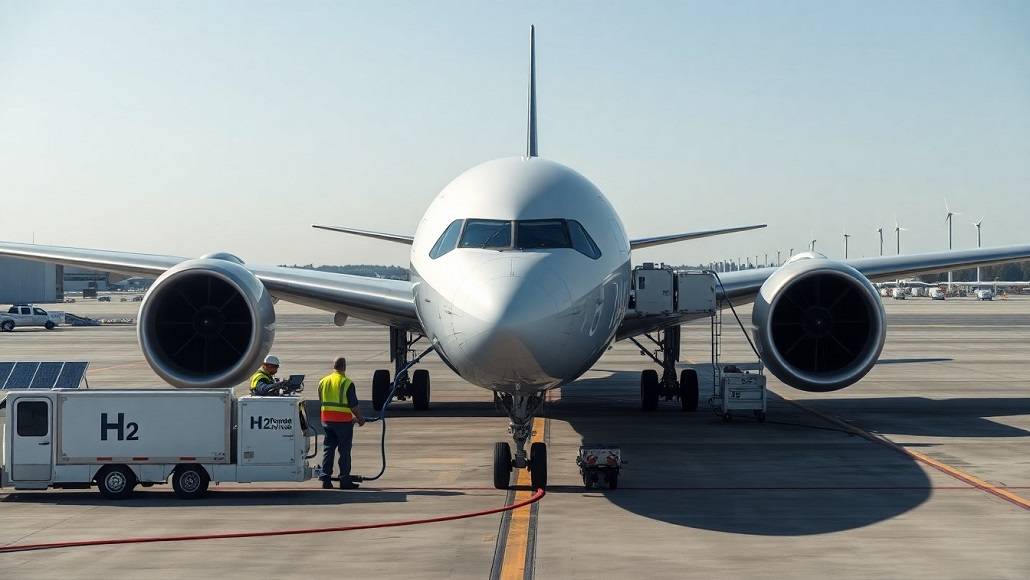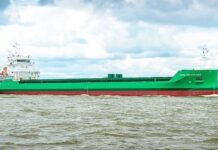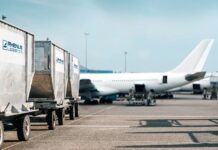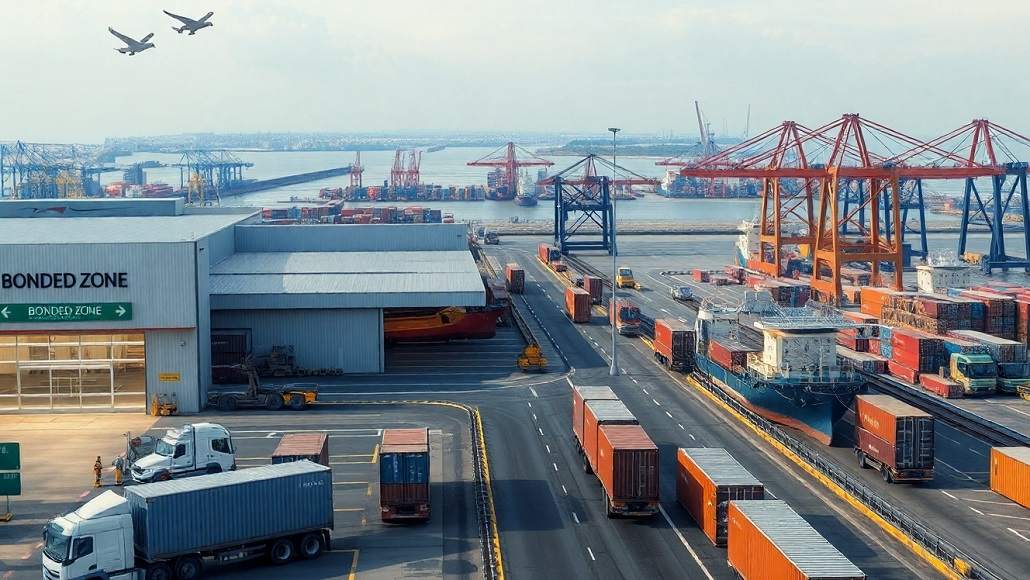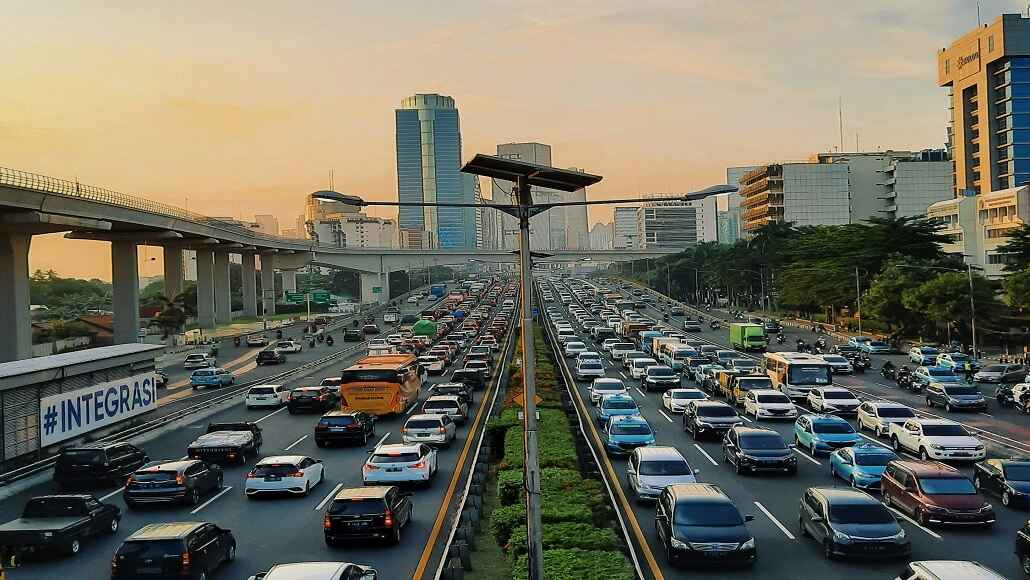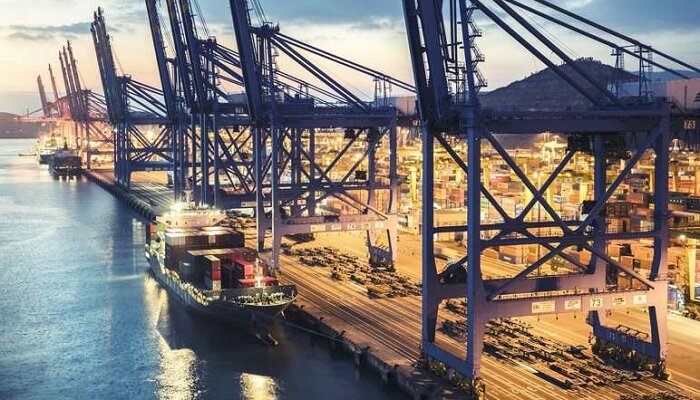In the last one year, a survey featuring almost 800 businesses pointed out the fact that 55% of the companies that are based out of the EU have elevated their purchases from either local or neighboring suppliers, like the ones that are based across the Middle East and North Africa.
This kind of nearshoring trend throws light on the departure from the erstwhile dependence on distant markets in terms of procurement as well as manufacturing. As per research conducted by Buck Consultants International- BCI, there would be 60% of US and EU companies which would be looking to nearshore their production in the years to come.
There are many major elements that push EU companies toward nearshoring.
Slipping away from economic uncertainty and tariffs
Global markets happen to be unstable in nature, thereby underscoring the oil prices that are fluctuating and the instability of the euro against other currencies, all of which have led to supply chains being riskier as well as more costly.
Transitioning to shorter supply chains manages the unpredictable nature of the cost especially in tariffs and logistics, and at the same time also makes the supply chain resilience more robust by decreasing dependence as far as those distant suppliers are concerned.
The industries in Europe were immensely impacted due to the unfair pricing practices that the Chinese steel products were involved in, thereby paving the way for anti-dumping duties imposition by the EU in 2018. The idea was to safeguard the European steel manufacturers through these tariffs, thereby raising costs for the EU companies that relied on Chinese steel, especially in the construction and automotive sectors. Due to higher prices, many of these companies can go on to look out for alternative options to keep their competitiveness on track, hence turning to nearshoring in the EU itself or probably sourcing from neighboring non-tariff nations.
Creating a supply chain resilience
The pandemic underscored the susceptibilities across global supply chains, which included EO companies depending on offshore production as well as sourcing. Broder closures, limitations in transportation, and essential goods and materials shortages were the major disruptions caused, thereby making it clear that the resilience of the supply chain was paramount. What nearshoring does is that it enables the EU companies to decrease their reliance on the suppliers that are at a distance and also minimize the risk that’s associated with the disruptions caused in the global supply chain. For instance, during COVID-19, Zara’s nearshoring strategy of Zara helped it to swiftly go ahead and adapt to the supply chain disruptions witnessed across the world. By way of making utmost use of production facilities in the EU, Zara went on to decrease its dependence on distant suppliers from Asia.
This led to shorter lead times, give a quick response to changing consumer demand, and also reduced the effects of challenges in logistics like transport disruptions and delays when it came to shipments from overseas.
Taking note of tech advancements
Advancements in technology, specifically in digital transformation and also automation have gone on to prominently elevate the nearshoring viability for the EU companies vis-à-vis depending upon developing world countries or countries that are far away.
For example, the German automotive company that decides to nearshore some of the production processes from Asia back to Germany can do so by leveraging more advanced robotics as well as automation technology developed in the EU, like robotic arms for assembly lines or AGVs to take care of material handling. All this can significantly elevate the production efficiency and also decrease the cost of labor for the company.
The fact is that all these technologies make sure that the company automates repetitive tasks, enhances the speed of production, and also make sure of high precision within the manufacturing processes.
Navigating the Shift to Nearshoring – The barriers faced
The internal market of the EU happens to present a distinct advantage when it comes to nearshoring, pushing collabs that are in sync, and helping with smoother trade among the member states. There are a certain set of challenges that EU companies face while venturing into nearshoring.
The EU regulations are among those challenges. They happen to be vast and varied, having strict standards for product safety. The nearshoring of production in the EU becomes very challenging when taking into account the varied execution of EU directives across the set of nations, like differences pertaining to minimum wage laws or even environmental reporting needs.
There are often some complex supply chain alterations towards suppliers that have to be vetted for compliance with these regulations that are multifaceted. The fact is the companies should not only make sure to apply rigorous checks but at the same time also push for local collabs and invest in consistent tracking so as to navigate regulatory landscape more effectively.
One more challenge is finding the right partners. Locating local suppliers in the EU and neighboring areas for nearshoring who fit in well while at the same time aligning with the values and goals of the company is a need that has to be looked into. But this can be challenging, especially for those companies that are new to market dynamics. Moreover, as companies take a step towards nearshoring, there is also a probability of rising risk due to supplier disruptions and quality issues across the initial integration scenarios.
The companies must go ahead and plan in the right way and execute the strategies with a focus on key considerations.
- The companies must select the right site for nearshoring.
- There has to be efficient integration when it comes to local partners.
- Strong risk management practices must be enforced.
Furthermore, taking into consideration flexibility within planning is indeed crucial. Through remaining adaptable and also responsive to the scenarios that evolve, like fluctuations in the market as well as unexpected events, companies can go on to navigate the issues quickly and also sustain operational success.
By tracking and also addressing the potential risk in a proactive way, companies can reduce the probabilities of disruptions and also maintain nearshoring operations resilience within the EU.


